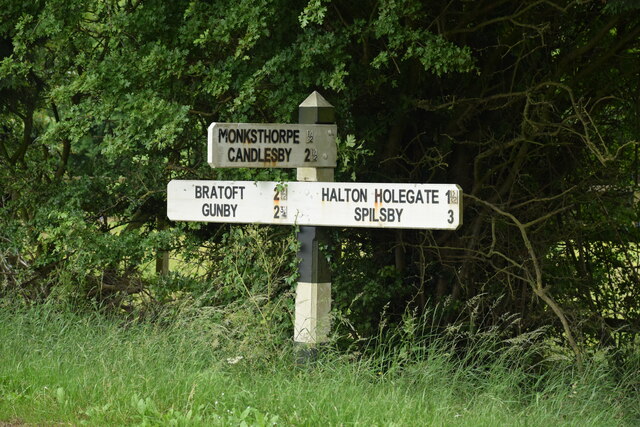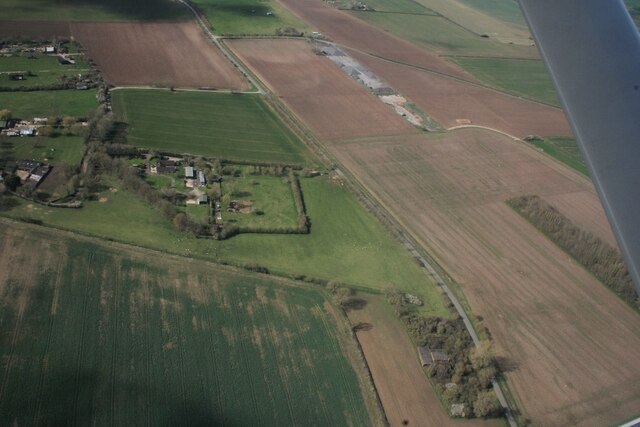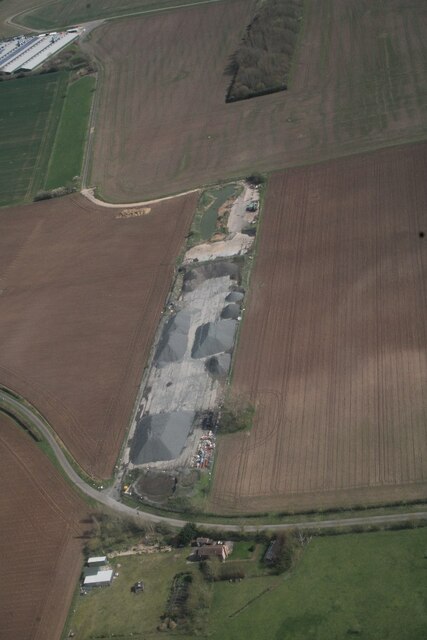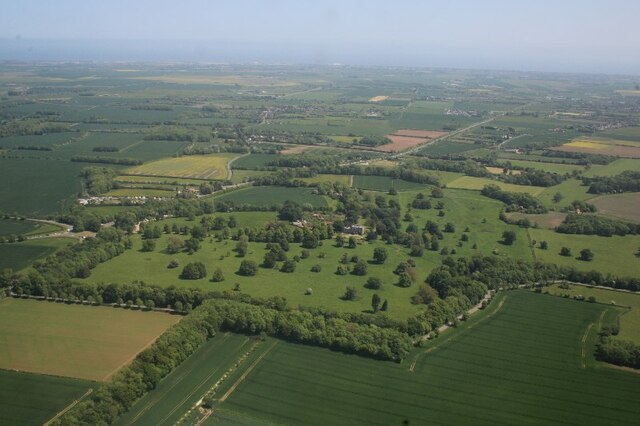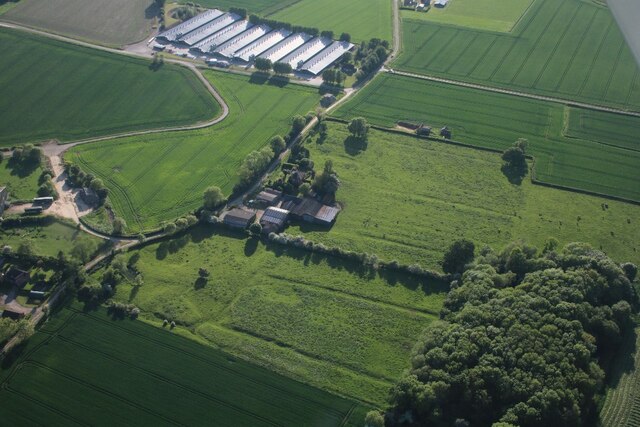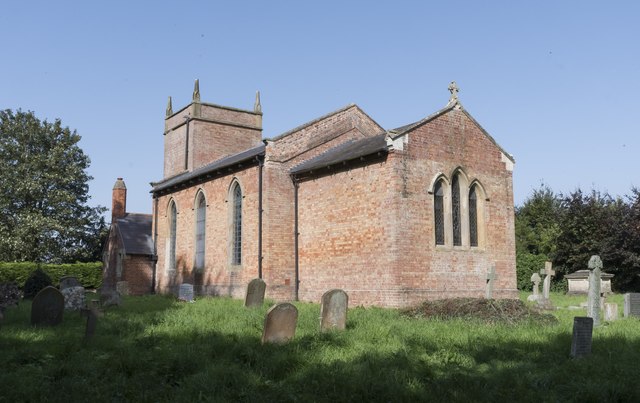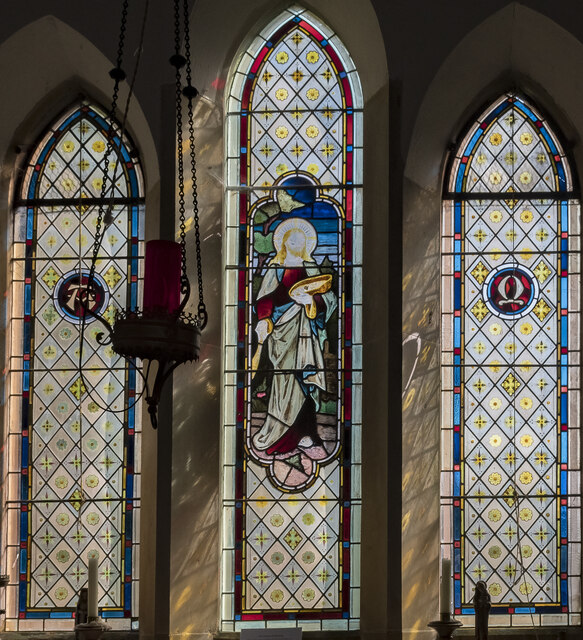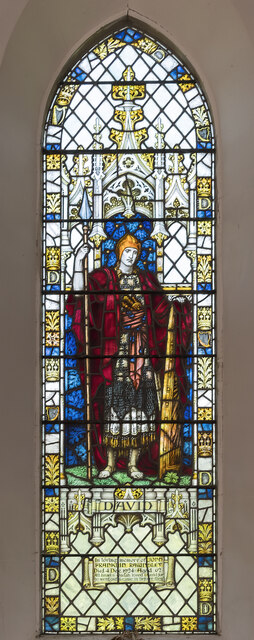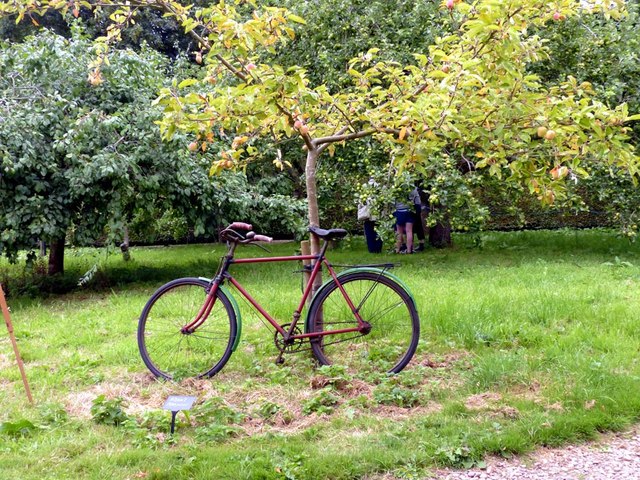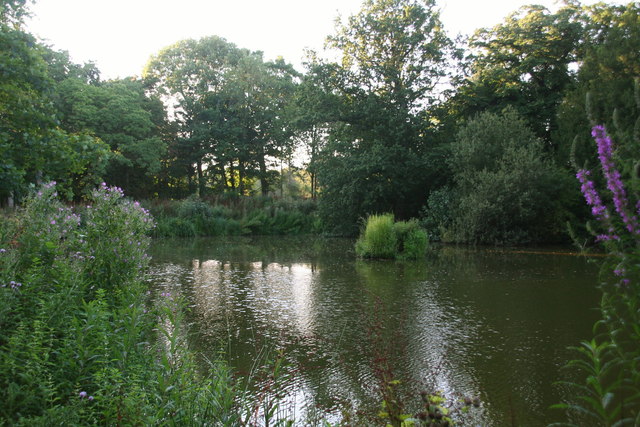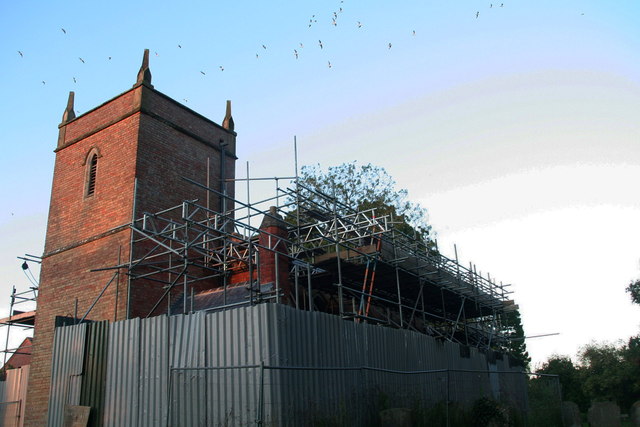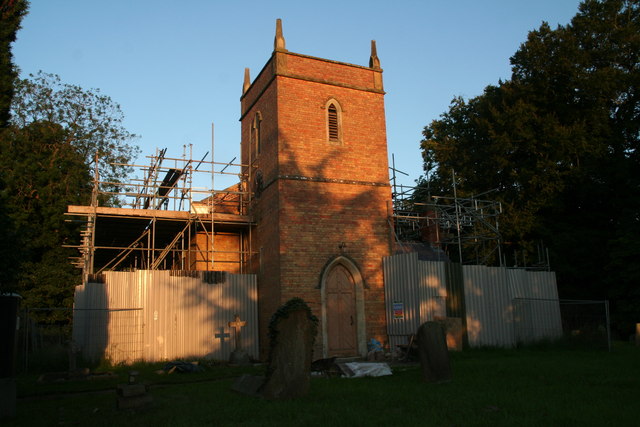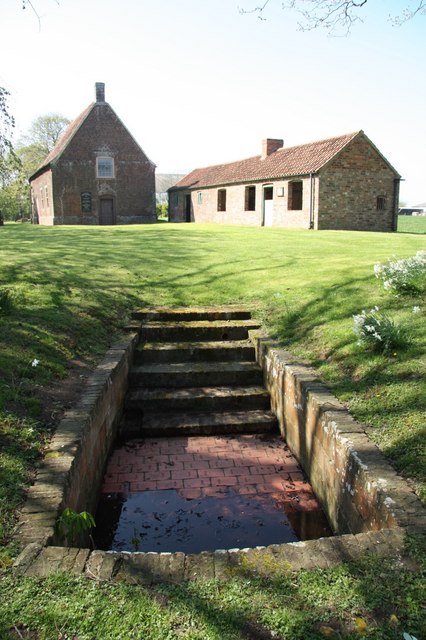Fir Close Plantation
Wood, Forest in Lincolnshire East Lindsey
England
Fir Close Plantation
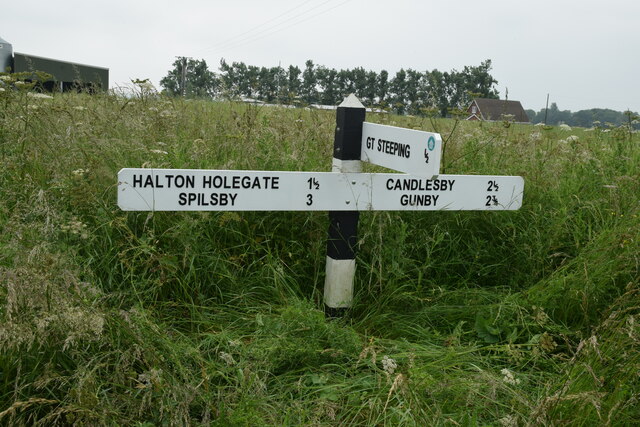
Fir Close Plantation is a picturesque woodland located in Lincolnshire, a county in the East Midlands region of England. Situated in the heart of the county, this plantation is renowned for its dense population of fir trees, which contribute to its name. The woodland covers a substantial area and is a popular destination for outdoor enthusiasts and nature lovers alike.
The plantation offers a diverse range of flora and fauna, providing a haven for various species of wildlife. Visitors can spot a wide array of bird species, including woodpeckers, owls, and finches, among others. The woodland floor is carpeted with a rich tapestry of wildflowers and ferns during the spring and summer months, creating a vibrant and colorful setting.
Fir Close Plantation boasts well-maintained walking trails, enabling visitors to explore the woodland at their own pace. These trails meander through the forest, offering glimpses of enchanting clearings and serene streams along the way. The plantation's management ensures that the paths are accessible and clearly marked, making it suitable for individuals of all ages and abilities.
For those seeking a peaceful retreat from the hustle and bustle of daily life, Fir Close Plantation provides an idyllic setting. The tranquil atmosphere and the soothing sounds of nature make it an ideal location for relaxation and reflection. Whether it be a leisurely stroll, a family picnic, or an opportunity to observe wildlife, Fir Close Plantation offers a delightful experience for all who visit.
If you have any feedback on the listing, please let us know in the comments section below.
Fir Close Plantation Images
Images are sourced within 2km of 53.17614/0.16483714 or Grid Reference TF4466. Thanks to Geograph Open Source API. All images are credited.
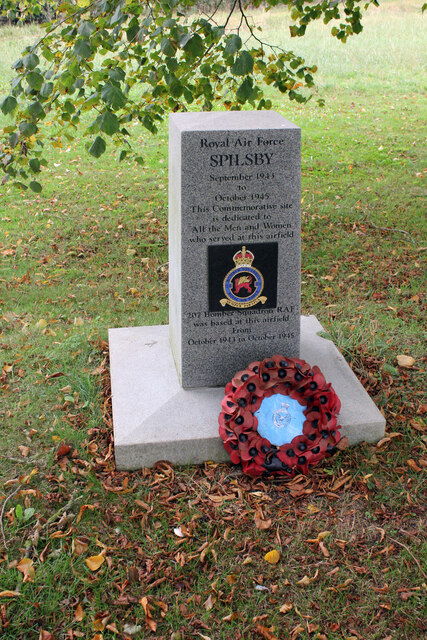
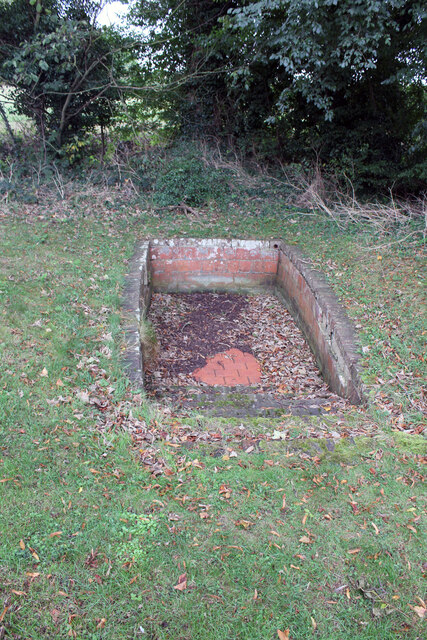

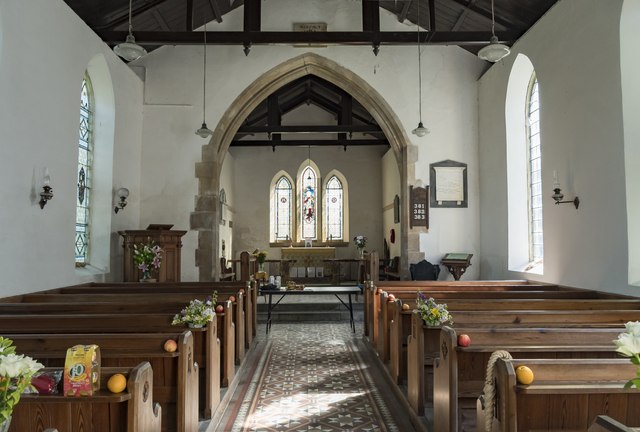
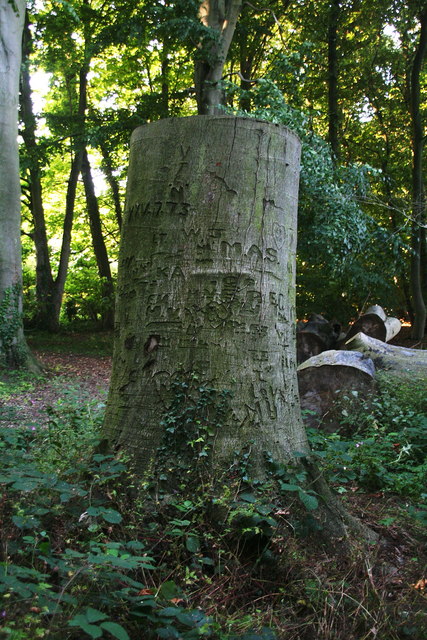
Fir Close Plantation is located at Grid Ref: TF4466 (Lat: 53.17614, Lng: 0.16483714)
Administrative County: Lincolnshire
District: East Lindsey
Police Authority: Lincolnshire
What 3 Words
///purified.pins.remains. Near Spilsby, Lincolnshire
Nearby Locations
Related Wikis
Candlesby with Gunby
Candlesby with Gunby is a civil parish in the East Lindsey district of Lincolnshire, England, about 5 miles (8.0 km) east of the town of Spilsby, and includes...
Candlesby
Candlesby is a village and former civil parish, now in the parish of Candlesby with Gunby, in the East Lindsey district of Lincolnshire, England. It is...
Monksthorpe
Monksthorpe is a hamlet in the district of East Lindsey, Lincolnshire, England. It lies 3 miles (5 km) east from the town of Spilsby and north from the...
Scremby
Scremby is a village in the civil parish of Ashby with Scremby, in the East Lindsey district of Lincolnshire, England. It is situated about 4 miles (6...
Ashby with Scremby
Ashby with Scremby is a civil parish in the East Lindsey district of Lincolnshire, England, with a population of 147 (2001 census), increasing to 179 at...
RAF Spilsby
Royal Air Force Spilsby or more simply RAF Spilsby is a former Royal Air Force station during the Second World War and the Cold War located in the rural...
Ashby by Partney
Ashby by Partney is a village and former civil parish, now in the parish of Ashby with Scremby, in the East Lindsey district of Lincolnshire, England....
Gunby Hall
Gunby Hall is a country house in Gunby, near Spilsby, in Lincolnshire, England, reached by a half mile long private drive. The Estate comprises the 42...
Related Videos
Gunby Hall - Lincolnshire with drone footage in 4K HDR
Please join us on a #tour of Gunby Hall located in Lincolnshire. The house was originally built in 1700 for Sir William Massingberd ...
Gunby House at National Trust Gunby Hall Spilsby near Skegness Lincolnshire
travel #nationaltrust #lincolnshire.
Bratoft Manor Moat to Gunby Hall Ice House Pond
Country Mouse Walks - Bratoft Manor Moat to Gunby Hall Ice House Pond Uncut Today come with me while I take a walk from the ...
Kelsey woods county park
KELSEY WOOD COUNTRY PARK A 5* Country Park set in 16 acres, open 52 weeks of the year, in a dream location; perfect for ...
Nearby Amenities
Located within 500m of 53.17614,0.16483714Have you been to Fir Close Plantation?
Leave your review of Fir Close Plantation below (or comments, questions and feedback).
